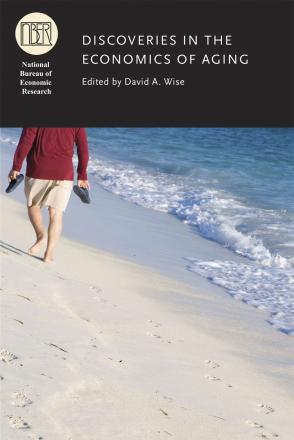A Comparison of Different Measures of Health and their Relation to Labor Force Transitions at Older Ages

We discuss three indexes of health that have been discussed in the literature and compare their theoretical and empirical properties, using data from the Survey of Health, Ageing and Retirement in Europe. We then estimate regression models for labor force transitions at older ages and investigate the consequences of using different measures of health. The measures differ both in the underlying statistical model and in the variables included in them. A comparison of distributional properties exhibits marked differences in kurtosis and skewness, while the correlation between the measures is modest. When using the health indexes to explain transitions into retirement, their explanatory power does not appear to vary much. However when explaining transitions into disability the index described by Poterba, Venti, and Wise (2011, 2013) provides a better fit than the competing indexes. It appears that this is mainly due to the variables included in the Poterba, Venti, and Wise index, such as health conditions and health care utilization variables, which are either wholly or partly missing from the other indexes.
-
-
Copy CitationArie Kapteyn and Erik Meijer, Discoveries in the Economics of Aging (University of Chicago Press, 2014), chap. 3, https://www.nber.org/books-and-chapters/discoveries-economics-aging/comparison-different-measures-health-and-their-relation-labor-force-transitions-older-ages.Download Citation
-


